BUY THE BEST MULTI-TOOL: commercial multi-tool buyer’s guide
8 Apr 2022 Buyer's Guides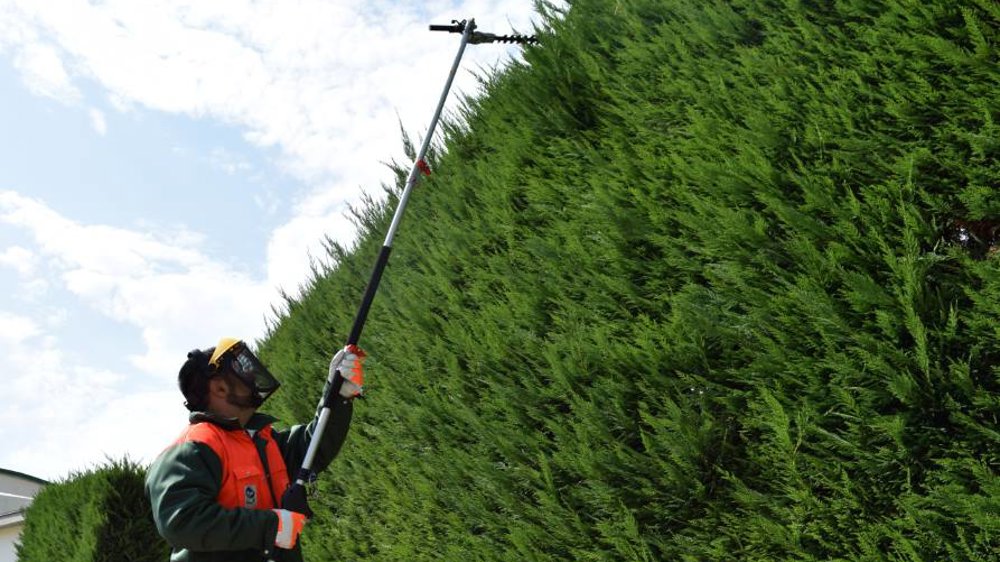
How to find the perfect multi-tool appliance
A multi-tool can drastically expand the capabilities of its operator with the addition of one simple machine.
Adaptable and versatile, a multi-tool system comprises an operating unit and a range of interchangeable attachments, which enable the operator to carry out a vast array of duties such as hedge cutting, strimming and pruning.
But what are the options on the market and how can you be sure you’re buying the best model for your needs?
This buyer's guide highlights some of the multi-tool’s varying features and helps you to assess your requirements to ensure you make the right purchase for your needs.
Conduct an audit
Before you start looking at products, make an assessment of your current equipment and identify any gaps which could be filled or made easier by a new machine.
Perhaps you have a suite of tools that are getting tired and need updating. Or you have a number of different individual machines which take up too much space in the workshop or van.
Whether it’s for streamlining space or expanding your capabilities, a multi-tool is a sound investment to make the busy and varied role of the landscape professional easier.
Write a wishlist of the tool attachments you’d like to add to your collection and keep this checklist to hand when weighing up different multi-tool models – different manufacturers offer different options.
Frequency of use
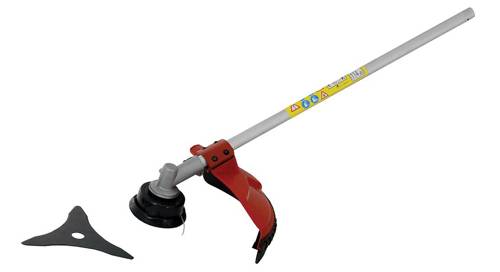
How often would you make use of a multi-tool?
If a multi-tool accounts for a large proportion of your work, it’s worth buying one with the full spectrum of capabilities and investing in a premium model which is likely to be more durable and long-lasting. After all, machine downtime is not an option for a busy landscape professional!
Consider what equipment is essential to the size, terrain and location of the plots, estates or projects you work on. That will help to crystallise your requirements.
Size

It may sound obvious, but the more attachments you buy the more storage space you’ll require.
While one of the great benefits of the multi-tool is its space-saving ability, it’s easy to get carried away and settle for the model which offers the widest range of attachments. Try to buy only those that you need. They’ll end up absorbing valuable space in the workshop or van, so be realistic about what space you have, which model offers the right dimensions and best versatility combined.
Spare a thought also for the way in which you plan to organise the attachments. Throwing them into the back of a van will subject them to damage and reduce their longevity, so consider building or buying a special rack or storage box which will keep them neat and tidy.
Comfort
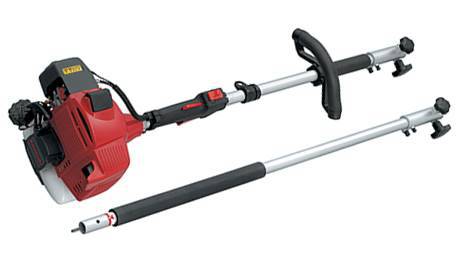
Holding a multi-tool appliance for long periods can cause unnecessary strain on the arms, neck or back if not handled correctly. If yours is likely to be in operation for hours at a time, be sure to select a model which can offer handy comfort options.
Here are a few of the features to look out for:
Anti-vibration technology
The concern with a particularly powerful machine is that it operates with increased vibration, which reverberates up the arms of its operator, tiring them more quickly. Thankfully, anti-vibration technology can be applied to multi-tool machines, making them more comfortable to use for longer. Shock-absorbing handles can have a similar impact on minimising the physical strain of operating a multi-tool.
Smooth pull-start
Pull starts can be prone to problems, especially on cheaper models, so look out for a machine that comes with a smooth pull-start to reduce the pulling effort required when starting.
Harness
Harnesses are available to support prolonged use and take the weight of the machine to reduce the burden on the arms and back. Some come with a harness included but it’s not a guarantee so be sure to check.
Extension shaft
An extension shaft (available in varying lengths) will extend the reach of your attachments, enabling cuts or trims to hedges and trees at height.
Petrol, cordless or corded?
There are broadly three options on the market – petrol, cordless (battery-operated) or corded.
The corded multi-tools are best suited to small domestic gardens where range of movement isn’t inhibited by a finite electric cable. For professional landscapers who need to operate tools across entire estates or large gardens, having the freedom to roam free (without being restricted by dangerous cables or wires) is preferable.
Yet, this is where complications can lie for cordless models. For all their environmental benefits, the staying power of the cordless is determined by the lifespan of its battery. Consider the type of work you carry out – would a collection of spare batteries enable you to keep the machine moving for longer? If this is the case, a degree of forward planning is required to ensure that batteries are regularly charged and readily available, even if you are acres away from your van across an estate.
For professional landscapers, petrol is the preferred choice. Equipped with a 2-stroke engine, the petrol multi-tool will offer more power and is better suited to more intense, heavy-duty work. Petrol models can be heavier due to the weight of the engine and the fuel tank, but they can go further and run for longer than cordless models.
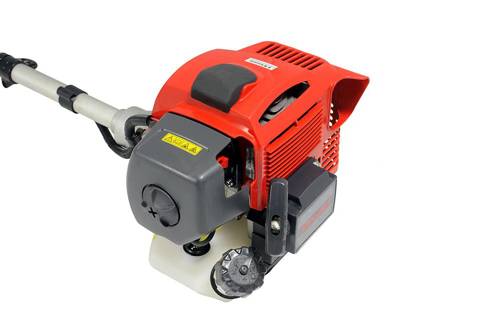
Bear in mind, the petrol models need to be topped up with fuel, but if you already have petrol to hand it can be topped up quickly – faster than waiting for a battery to charge, reducing downtime.
In terms of environmental considerations, innovation and regulation are helping to reduce petrol’s impact. For example, since September 2021 the standard petrol grade in Great Britain has become E10 (replacing E5) in a bid to reduce CO2 emissions. E10 contains 10% renewable ethanol so less fossil fuel is needed.
Range of attachments
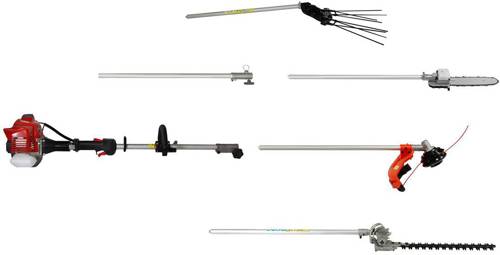
You can either buy a complete multi-tool set, which comes equipped with a range of compatible attachments, or you can buy a basic operating system and add attachments over time.
Attachments can expand the scope of works and include a wide range of tools such as a brush cutter/line trimmer/grass trimmer, hedge trimmer, chainsaw/pole saw/pruner, or olive harvester.
Consider the lengths of the attachments and whether or not they’re long enough to access hard to reach areas. An extension shaft can help to add length where required.
Once you’ve decided what tools and attachments you require, check the spec of each one carefully as factors such as cutting blade sizes or rotating heads are sometimes an option, impacting the work you do.
Handles
Getting a firm and comfortable grip on your multi-tool is important, particularly if you use it for prolonged periods of time.
Cheaper models tend to come with basic handles (often loop handles) with the more expensive multi-tools offering enhanced ergonomics, soft-grip or shock-absorbing handles for more comfortable control.
Maintenance
Some multi-tools are so well equipped they also include a maintenance kit. If not, consider whether you’re able to maintain your multi-tool yourself. You will need to check the owner's manual for the manufacturer’s recommendations before undertaking any work.
Another reason for buying a more expensive model is that they are usually built from better quality components and materials and therefore less likely to experience complications or breakdowns.
Remember, petrol multi-tools will contain more components that need to be cared for, serviced or maintained, but they are usually more robust – many powered by durable 2-stroke engines made by reputable manufacturers such as Kawasaki Engines - offering added peace of mind when buying.
Cost
Typically ranging from €180 for a domestic model to over €1,200 for a professional-grade product, multi-tools can be as cheap or expensive as budgets allow.
The more powerful the multi-tool, the more expensive it will be. The same goes for versatility - in terms of range of attachments and adjustable operating parts.
If you are looking for a professional model it is worth investing, as more expensive machines are generally more durable, reliable and of better quality, therefore less prone to faults.
As with all machinery, if you’re prepared to invest time into the upkeep and maintenance of your power tools, you will be rewarded with an increased lifespan of the product and reduced downtime for your business.
Warranty options
In making a sound investment in a quality multi-tool you would hope to avoid the need to claim on a warranty.
That said, unexpected issues can occur which is why it’s good to find a manufacturer who can provide a class-leading warranty offering unlimited hours cover whether you’re a commercial or private customer.
For example, reputable manufacturers like Kawasaki Engines will cover the first two years for two-stroke engines. ‘Off the high-street’ models typically offer one year. Ensure there is a clear agreement in place for replacement, repairs of refunds.
Where to buy?
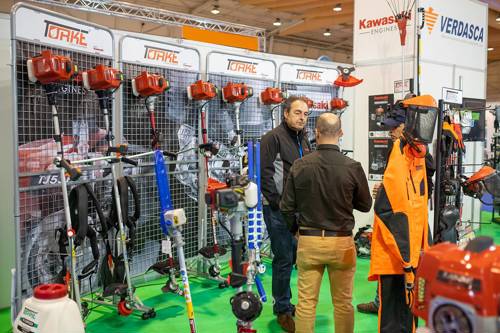
Buying online can offer competitive prices and enable you to purchase models which aren’t available locally.
On the downside, you don’t get to experience or road-test how a multi-tool feels or operates. Purchasing from a dealer will enable you to tap into expert advice from a sales team and see the product in the flesh. Dealers will often offer good after-care options too.
Either way, doing your research before you visit a physical or online shop will make sure you’re better informed about your needs and less likely to make an incorrect buying decision.
Examples of manufacturers
Leading manufacturers offer a good range of multi-tools to suit all needs and requirements. Kawasaki's market leading 2-stroke engines power the following brands available across Europe: Attila, Blue Bird Industries, COBRA, Francepower, Jasper, MGF, Torke, Yokoama.




